Golden circle
In the winter

By Jaimy de Vries
On our first day we took a tour to the golden circle of Iceland. A famous tour that needs to be on your to do list when you’ re in Reykjavik. It’s just a 45 minute drive and will take approximately 6 hours of your day. On our tour we drove to Pingvellir, Geysir and Gullfoss waterfall. These are all great stops that amazed me.
On our first day we took a tour to the golden circle of island. We got picked up by a bus. At that time there was daylight. The ride on the Golden circle was already beautiful, It was quite peculiar to see how the landscape changes throughout our bus ride. First we had the city with lots of buildings and houses, then we drove along the countryside where you could see the Icelandic horses playing outside, then we saw a lot of tundra and then bigger mountains appeared with snow. After an hour we were driving between white snow landscapes. We went from an inhabited to an uninhabited area. On our tour we drove to Pingvellir, Geysir and Gulfoss waterfall. These all are great stops that amazed me. Want to read more? Click on the link below.
Þingvellir
Þingvellir National Park is the only UNESCO World Heritage site on the Icelandic mainland. At Þingvellir you can witness a riff between two tetonic plates; The North America plate and the Eurosian plate. Iceland is the only place in the world where this rift is above sea-level, and nowhere can you see the edges of both plates as clearly as in Þingvellir. You can just take a stroll on this rift, between the North America and the Eurosian plate. The tectonic plates move apart at approximately 2.5 centimetres a year and have done for millenniums. The effects of this movement are very clear within the park. Lava fields fill the valley, from magma that welled up as the continents spread, and the whole area is littered with ravines, ripped open by centuries of earthquakes.
Þingvellir also brings a lot of history. This is because Þingvellir itself was the original site of the world’s longest-running, ongoing parliament, the Alþing. The lawspeakers of the Alþing would stand on a rock above Almannagjá gorge to read out the laws of the day to thousands of people, who would come annually to settle debates, exchange news, represent their families and clans (in the earliest days), and battle for dominance.
Just to the south of the park is Þingvallavatn, Iceland’s largest natural lake. Þingvallavatn attracts a lot of biologists because they’re interested in the unique vegetation. In the lake lives trout, which, due to 10,000 years of evolutionary isolation, are large for their kind. The trout eats smaller trouts. This is something you only have here, and that makes it quite a unique place.
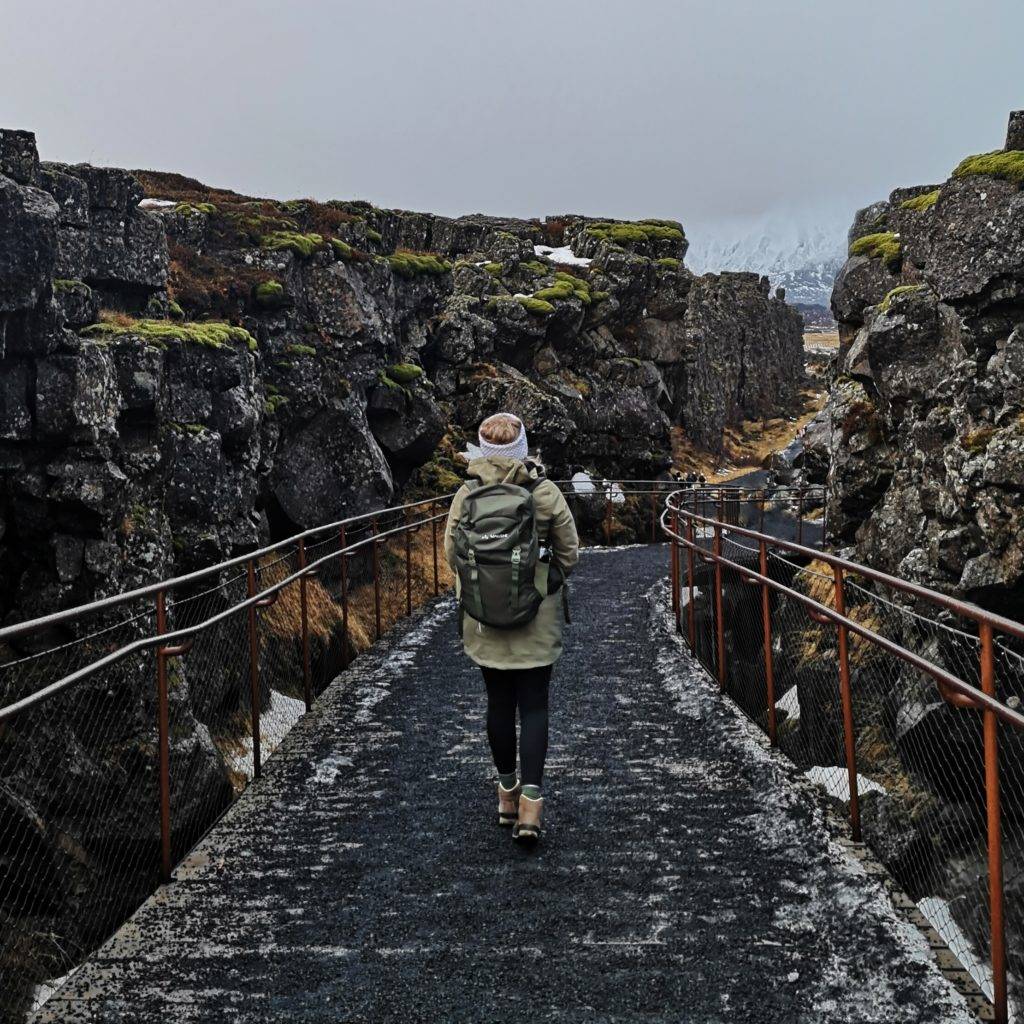
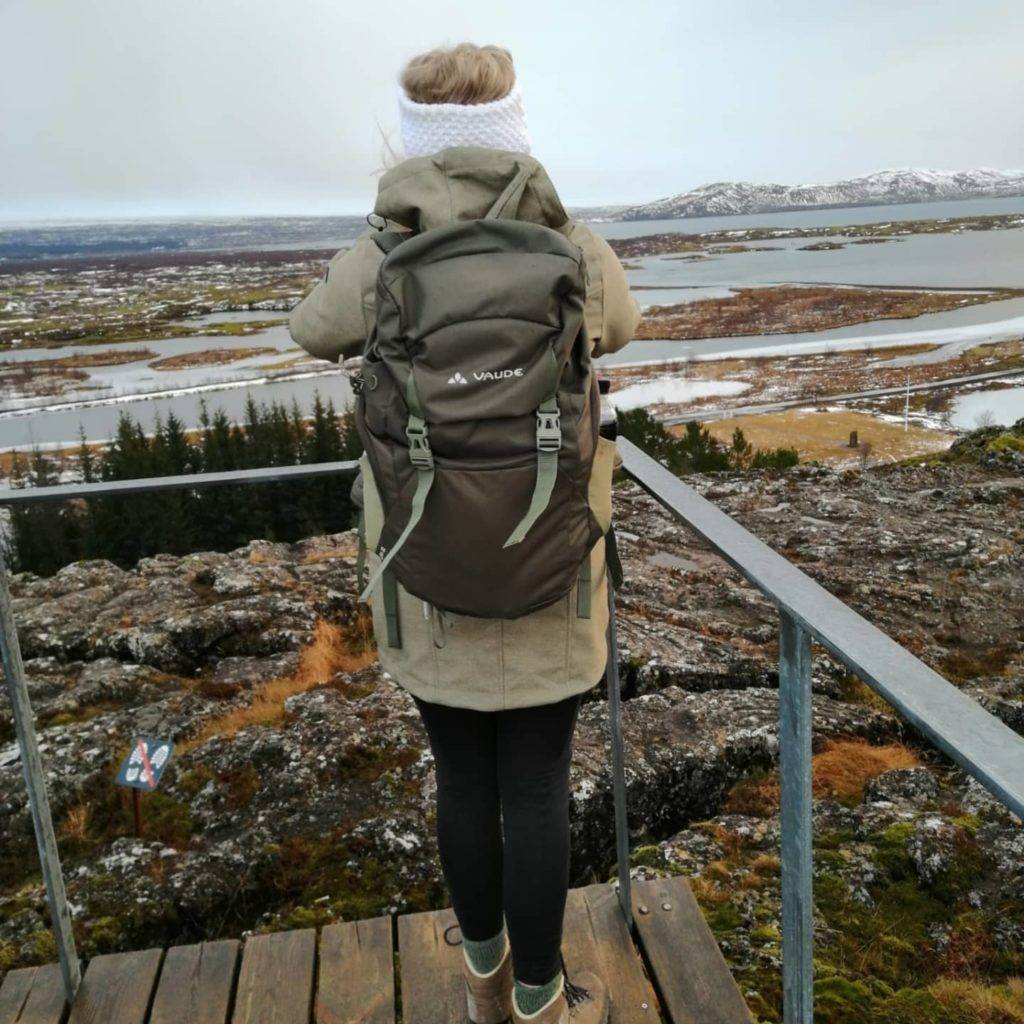
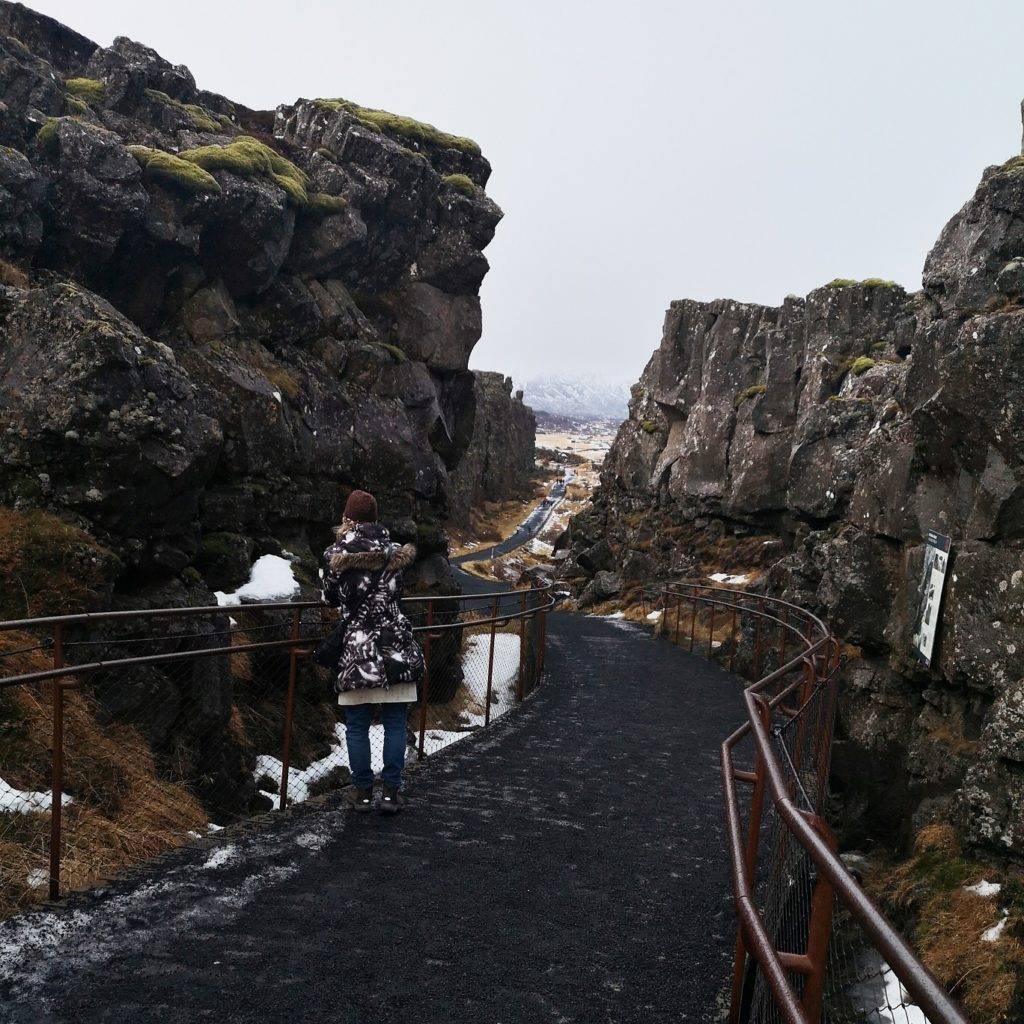
Geysir
Our second stop was at Geysir. This is a highly active Geysir Hot Spring Area with boiling mud pits, exploding geysers and the lively Strokkur which spouts water 30 meters (100 ft) into the air every few minutes. Geysir offers free access to this geothermal field. Most of the springs are aligned along a 100m wide strip of land running in the same direction as the tectonic lines in the area, from south to southwest.
This area became active more than 1000 years ago and comprises more than a dozen hot water blow holes. Although the geyser is less active these days, it did lend its name to hot springs all over the world. It was the first geyser described in a printed source and the first known to modern Europeans and along with the geyser in Yellowstone National Park in the United States, Geysir is the most famous geyser in the world. Though Geysir itself is rarely active these days, this geothermal area boasts a plethora of hot springs and geysers, including the powerful Strokkur. Strokkur is, arguably, the country’s most famous hot spring, shooting vast jets of boiling water from 20 meters (65 feet) up to 40 meters (130 feet) high. Don’t worry about missing this incredible spectacle of nature, as Strokkur erupts every five to ten minutes!
These geysers are situated in an active geothermal area. Due to underground plumbing system ground water comes into contact with hot bedrock and heats up, building pressure. When the water has reached peak temperature and pressure it sprouts out from the geyser, often up to 30m into the air.
The water is extremely hot and for your own safety, keep your distance. Our guide asked us not to pull our hands in the water, just because it’s cold (it was around 0 degrees). It sounds logical right? Well…there was a woman before who had cold feet, she laid down, took her shoes off and put her feet in the water. Well, she was hospitalized for 3 days.
Be aware, it smells like rotten eggs
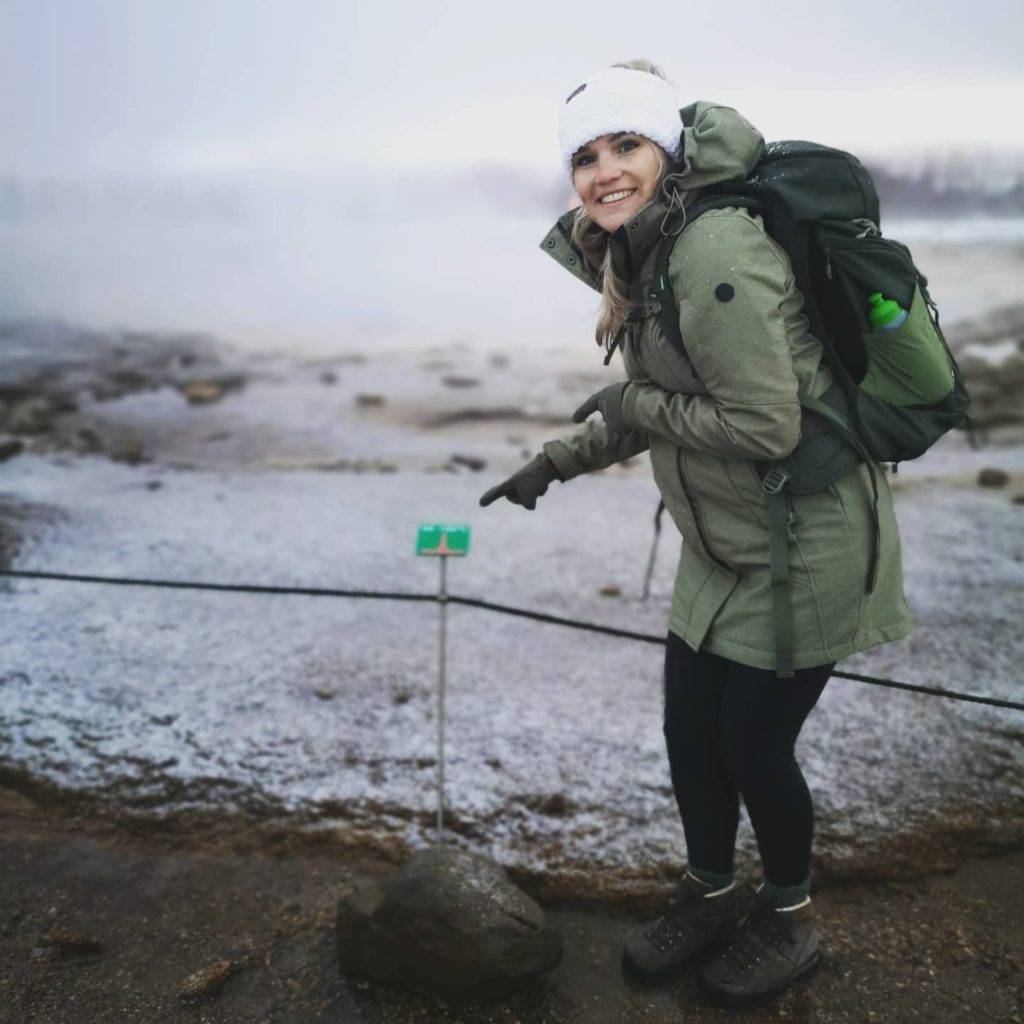
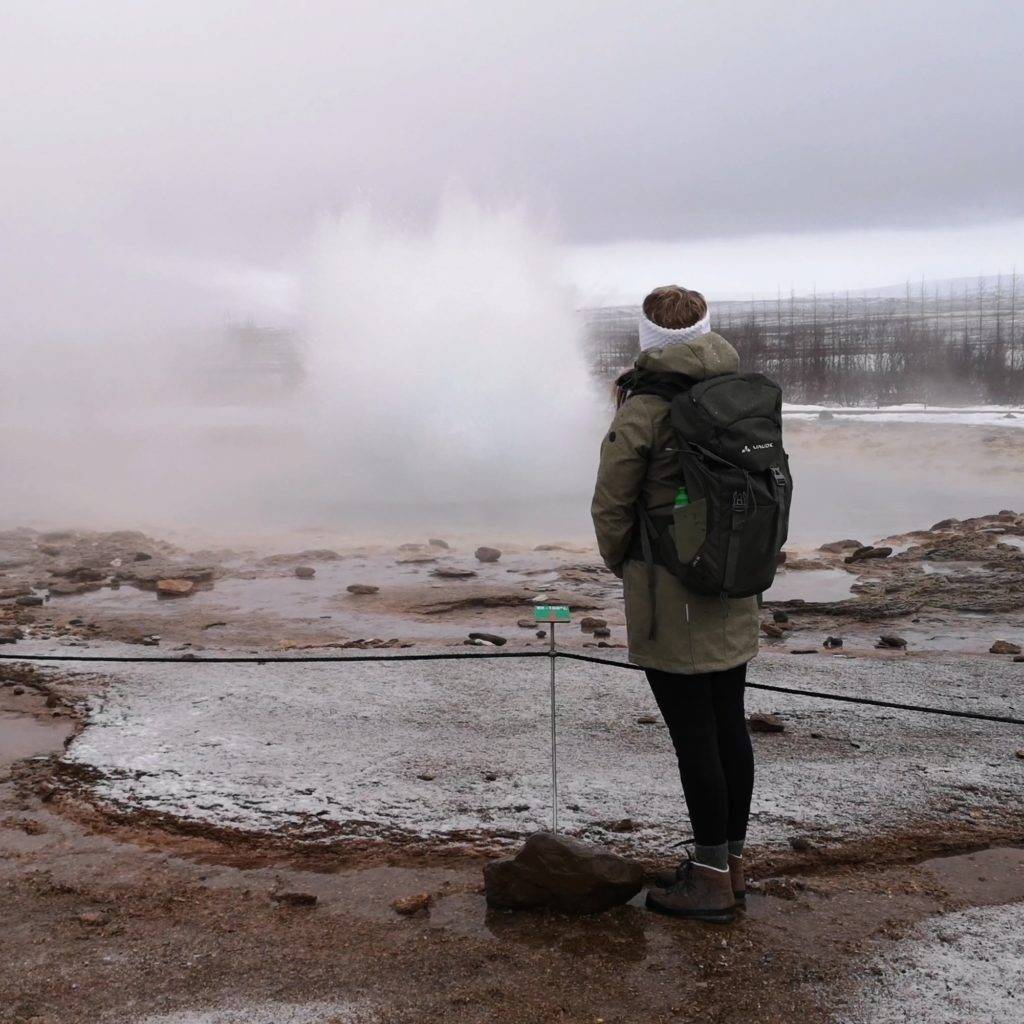
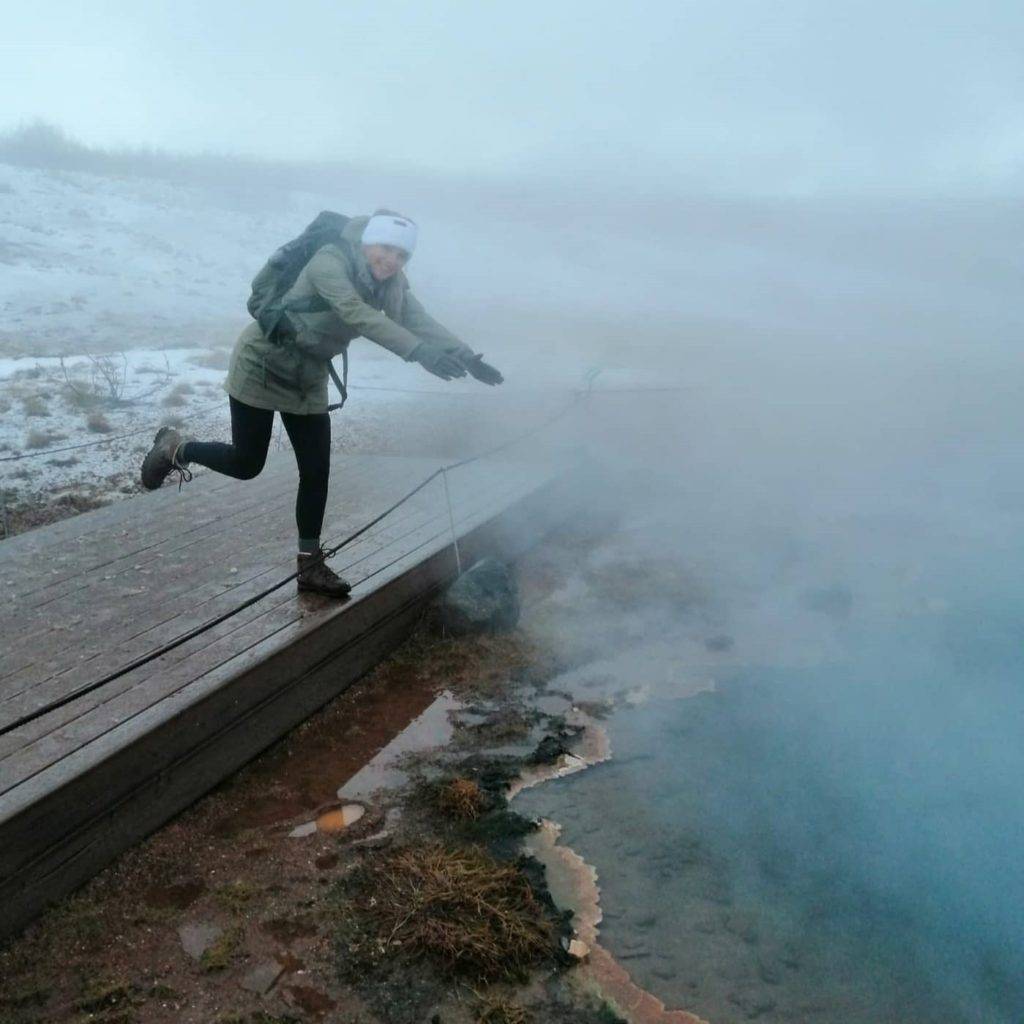
Gullfoss
Our third stop on the Golden Circle was the magnificent Gullfoss. Both in the summer and winter it’s a great site to visit. In the winter it’s quite cold, so we didn’t stay long. I hope to see it in the summer one time.
The waterfall is considered by many to be one of the most beautiful waterfalls in Iceland. That’s quite a tough call, because Iceland is full of beautiful waterfalls. It’s incredible to see the water cascading down, first from 11 meters high, then from 21 meter high into a 2,5 km (1,6 mile) long crevasse below.
This crevasse was created at the end of the Ice Age by catastrophic flood waves and is lengthened by 25 cm (9.8 in) a year by the constant erosion from the water. Incredible right!?
And did you know that in Icelandic, Gullfoss means “Golden Waterfall”? That’s because on a sunny day, the water takes on a golden-brown color. This is due to the fact that it’s glacial water and therefore carries lots of sediments that glacial ice has carved off the earth throughout the years
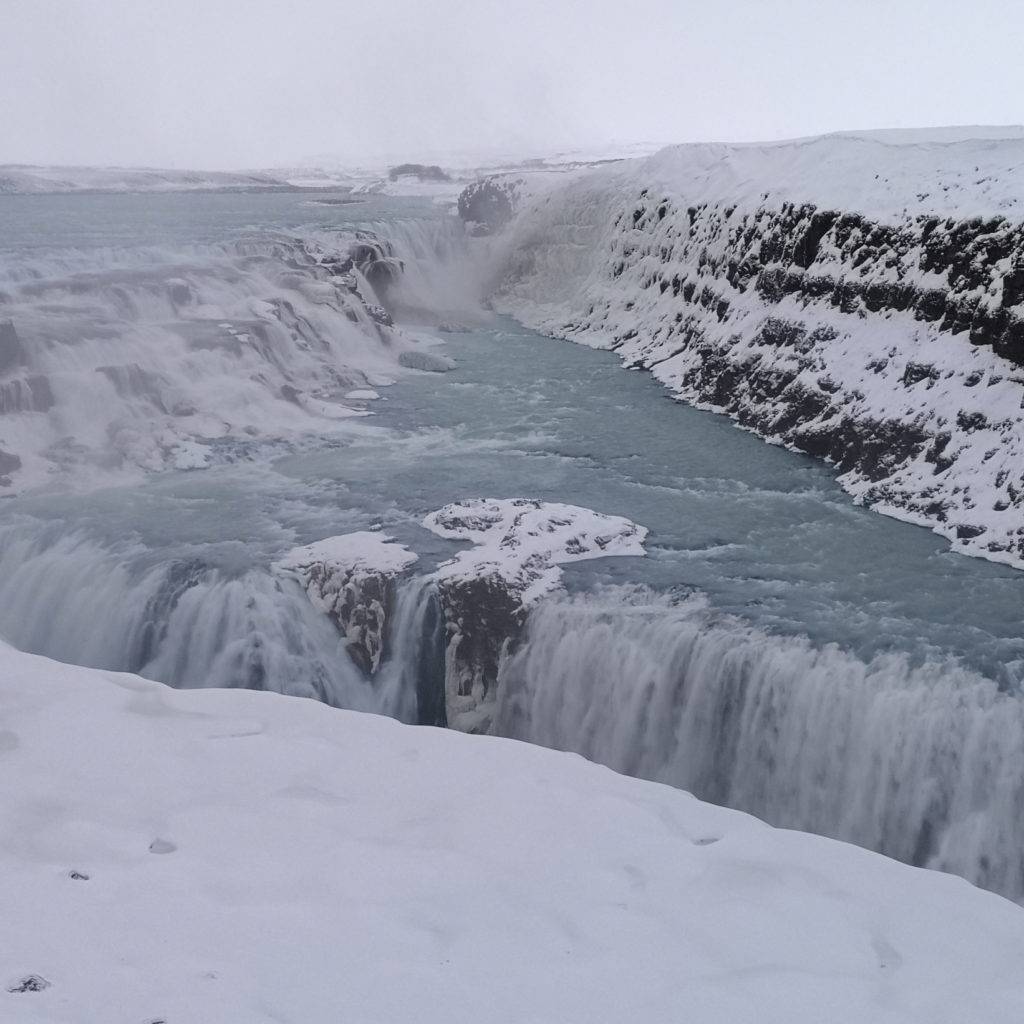

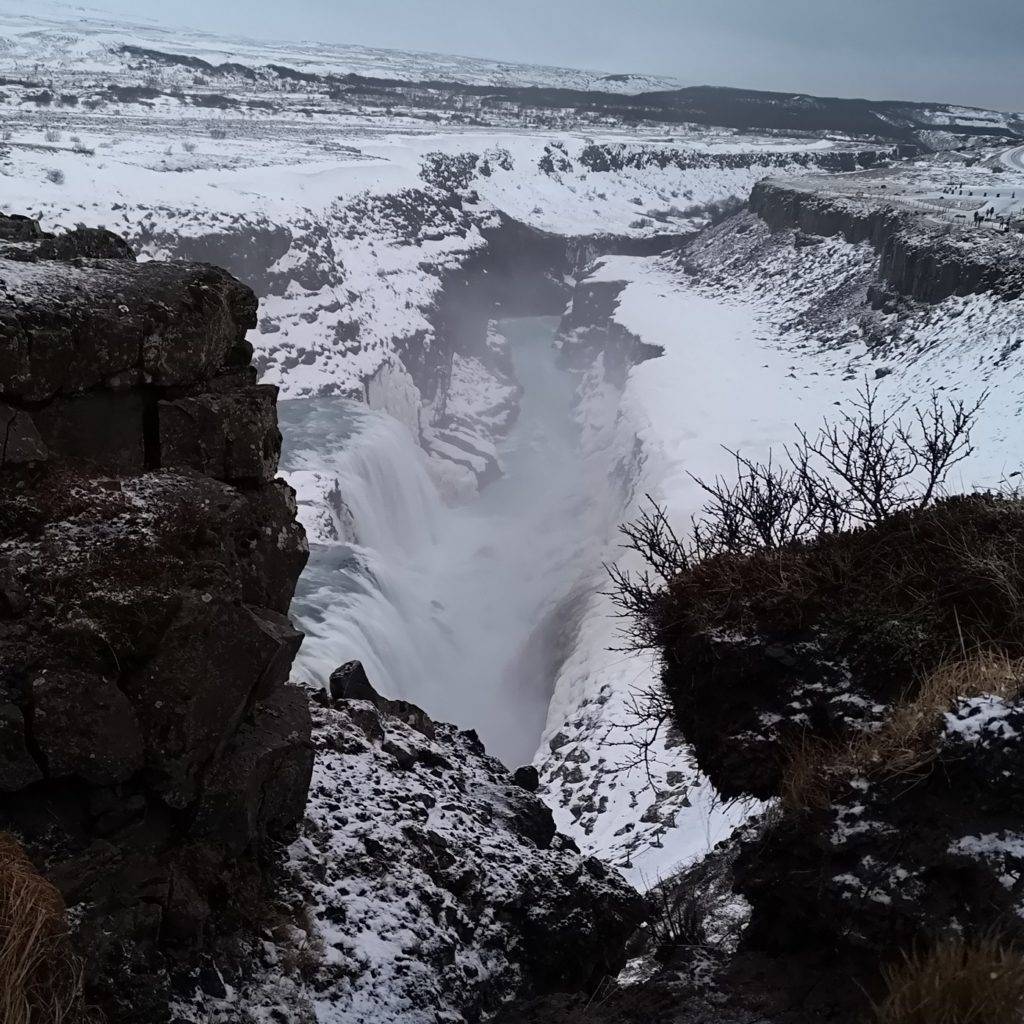
The golden circle is definitely on my recommendation list. It’s a must-do when you’re in Iceland or just on a city trip. It takes just one day, where you get to walk between two tectonic plates, get warm when Strokkur erupts (it erupts every 5 minutes, so you’ll definitely experience one) and see the most beautiful waterfall of Iceland: Gullfoss.